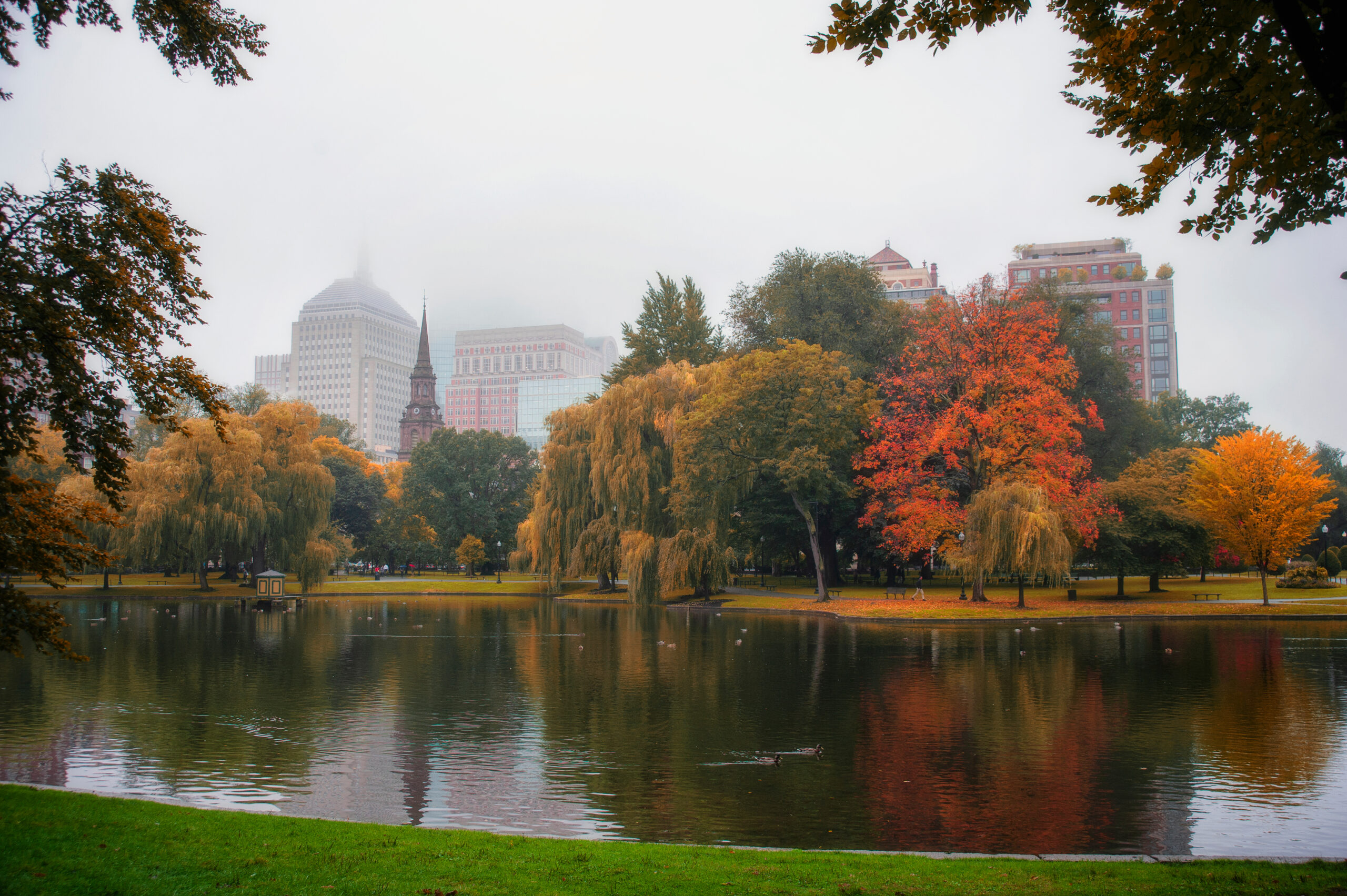The Freedom Trail self-guided tour is a highlight reel of Boston’s most influential historical spots. There are 16 sites on the Freedom Trail. This includes museums, public parks, gravesites, statues, and even a three-masted frigate ship from 1790! All of these locations are connected by a 2.5-mile long trail that winds through the heart of Boston. The trail is marked on sidewalks and city streets with a red line made with brick or paint.
Since the Freedom Trail is outdoors and non-sequential, how you experience it is up to you. You can follow the traditional route starting at the Boston Common and ending at the Bunker Hill monument, dutifully stopping at each historical interest site. Or you can pick and choose. You can start in the middle and loopback, or go backward from South to North, skipping the sites that do not interest you.

All you need to experience Boston’s Freedom Trail is a good pair of walking shoes.
However, if you want to dive even deeper into the history and Boston’s Revolutionary past, most experienced travelers recommend a tour. An easy option would be to use the Action Tour Guide’s self-guided walking tour of the Freedom Trail. Not only will you get an immersive experience of Boston’s history, but you can also do this tour at your own pace. No need to fuss with scheduling a professional guide or dealing with a crowded group tour.
This History of Boston is rich and complex. Each of the 16 sites on the Freedom Trail has a long and fascinating story. This includes Faneuil Hall, which played a vital role in America’s liberation from the British and the Abolitionist movement. Nearly a century later, you can visit the home of Paul Revere to see the bed that he jumped out of on the fateful night of his midnight ride.
Do you need tickets to walk the Freedom Trail?
You do not need tickets to walk the Freedom Trail itself; however, some of the trail passes sites that do charge a fee for entry, such as the Old North Church and the Paul Revere House.
Essential Travel Guide:

















